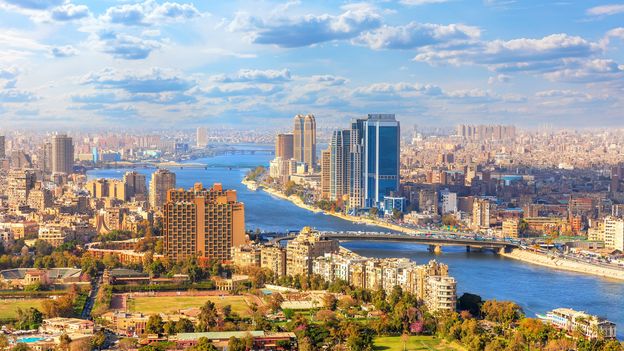At 12m high and with a base of 65m by 60m, Pulemelei Mound, which is located on the Samoan island of Savai’i, is one the oldest and largest structures in Polynesia. Often referred to as a pyramid despite its flat top, Pulemelei Mound was most likely built in stages starting in 1,000 CE, and the structure contains eight points, or cogs, giving it the look of a star from above. It is almost squarely oriented with the points of the compass and is surrounded by several smaller mounds.
While some locals and experts believe that the pyramid was used for pigeon-snaring competitions, religious ceremonies or meetings, or as a burial monument or lookout platform, no-one has been able to pinpoint its actual significance. But now, new laser mapping of the area surrounding Pulemelei Mound has recently provided a vital clue to archaeologists.
A vast network of ruins was discovered beneath the area in a 2002-to-2004 excavation, and experts believe it is evidence of an entire pre-colonial settlement that flourished before European discovery in 1722. Experts also say that this new discovery proves that Samoa’s population before colonialism was far larger than previously thought, and they now suggest that the Samoan population mortality rate following colonialism was around 80 to 90% in some areas, a steep and shocking increase from the 20-to-50% estimate that was previously accepted.
(Video by Bill Code, text by Emily Cavanagh)
This video is part of BBC Reel’s Secret Worlds playlist.
Join more than three million BBC Travel fans by liking us on Facebook, or follow us on Twitter and Instagram.
If you liked this story, sign up for the weekly bbc.com features newsletter called “The Essential List”. A handpicked selection of stories from BBC Future, Culture, Worklife and Travel, delivered to your inbox every Friday.














